In the world of law enforcement, the value of visual evidence cannot be overstated. Surveillance cameras capture critical moments that can make or break criminal investigations. However, all too often, these moments are shrouded in a blur of uncertainty. This is where surveillance video enhancement steps in as a game-changer. In this article, we’ll explore how surveillance video enhancement technology has transformed the way law enforcement agencies investigate crimes and secure convictions.
The Challenge of Blurry Surveillance Footage
Surveillance cameras are ubiquitous in our modern world. They watch over our streets, businesses, and homes, recording countless hours of video data. Yet, when a crime occurs, law enforcement agencies are often confronted with a harsh reality: the footage they have is far from perfect. Blurry, low-resolution, or poorly lit video can pose significant challenges when trying to identify suspects or piece together events.
Quick Look at Surveillance Video Enhancement Technology
Surveillance video enhancement technology has emerged as a crucial tool for law enforcement agencies. It’s a specialized branch of digital forensics that focuses on improving the clarity and detail of video footage. Here’s how it works and its impact:
Sharpening Details: Surveillance video enhancement algorithms are designed to sharpen details and reduce blurriness. They can enhance facial features, license plate numbers, and other critical elements that may be pivotal to an investigation.
Noise Reduction: Many surveillance video enhancement tools include denoising capabilities. This helps reduce the grainy, speckled appearance that can result from low-quality or low-light footage, making it easier to see important details.
Frame-by-Frame Analysis: Surveillance video enhancement allows investigators to analyze video frame by frame. This level of granularity can be crucial when trying to reconstruct events, identify suspects, or extract valuable evidence.
Improved Identification: Enhanced video can lead to clearer identification of individuals, vehicles, or objects. This is particularly valuable in cases where eyewitness accounts may be unreliable, and visual evidence becomes the primary source of information.
Clarity in Court: One of the most significant impacts of surveillance video enhancement is its role in courtroom proceedings. Enhanced video footage can be presented as compelling evidence that supports the prosecution’s case, increasing the likelihood of conviction.
Real-World Impact: Cases Solved with Surveillance Video Enhancement
The real-world impact of surveillance video enhancement technology is evident in numerous cases where it played a pivotal role. Here are a few examples:
Boston Marathon Bombing: In the aftermath of the 2013 Boston Marathon bombing, surveillance footage played a crucial role in identifying the suspects. Surveillance video enhancement techniques were used to enhance images of the two suspects, ultimately leading to their identification and capture.
London Riots: During the 2011 London riots, extensive surveillance camera footage captured widespread looting and violence. Surveillance video enhancement helped authorities identify and prosecute individuals involved in criminal activities.
Convenience Store Robberies: Surveillance cameras in convenience stores often capture robberies, but the quality of the footage can be subpar. Surveillance video enhancement has been used to clarify details, such as the suspect’s face or license plate numbers, leading to arrests and convictions.
Hit-and-Run Accidents: In hit-and-run accidents, identifying the vehicle involved is critical. Enhanced surveillance footage has been instrumental in identifying vehicles and their owners, leading to arrests and convictions in these cases.
Challenges and Considerations
While surveillance video enhancement has been a game-changer for law enforcement, it’s not without its challenges. Some factors to consider include:
Original Quality: The quality of the original footage plays a significant role in the effectiveness of enhancement. Low-quality, highly compressed footage may limit the enhancement potential.
Timeliness: To be most effective, surveillance video enhancement should be performed promptly after an incident. Delay in access to footage can reduce its value.
Expertise: Properly using surveillance video enhancement software requires expertise. Law enforcement agencies often employ digital forensics experts or collaborate with specialized firms for this purpose.
Legal Considerations: The use of enhanced video as evidence in court must adhere to legal standards and procedures. Ensuring the admissibility of enhanced footage is critical for its impact.
The Future of Surveillance Video Enhancement
As technology advances, the future of surveillance forensic video enhancement holds promise. Machine learning and artificial intelligence are increasingly being integrated into enhancement software, making the process more automated and efficient. Additionally, developments in video analysis algorithms continue to improve the accuracy of enhancement results.
In Conclusion
Surveillance video enhancement has proven to be a transformative tool in law enforcement, turning blurry and uncertain footage into compelling evidence. The impact is undeniable, with cases being solved, criminals being identified, and justice being served. As technology continues to advance, surveillance video enhancement will undoubtedly play an even more significant role in securing convictions and upholding the rule of law. It’s a testament to the power of technology in the pursuit of justice, turning pixels into convictions and blurry images into clarity.

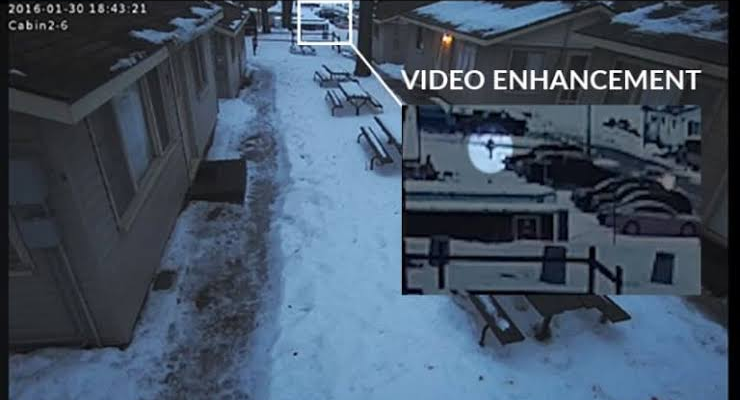
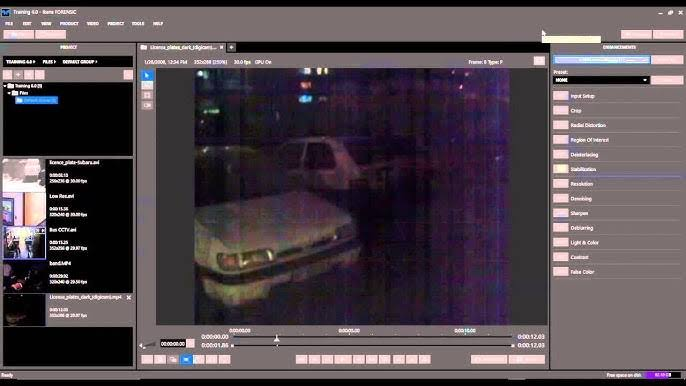





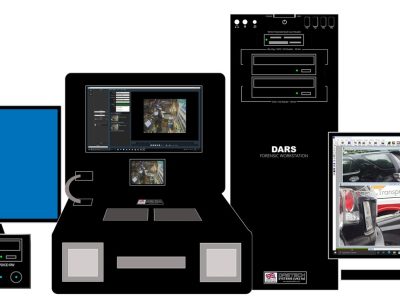
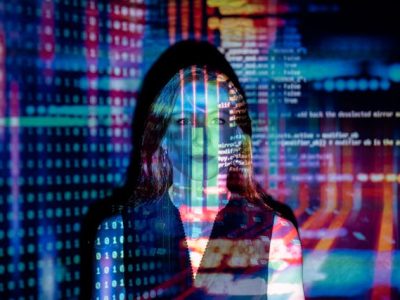
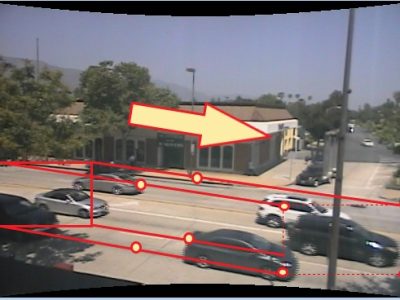

Comments